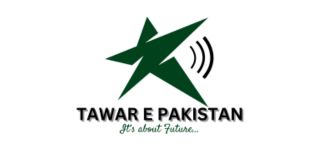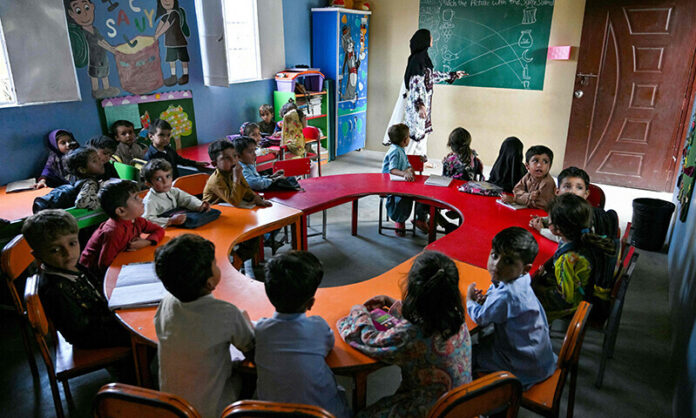Pakistan is facing a severe education crisis, with over 26 million children out of school, the majority coming from rural areas. This alarming statistic makes Pakistan one of the leading countries with the highest rates of out-of-school children. The root causes of this crisis are multifaceted, including poverty, a lack of educational infrastructure, underqualified teachers, cultural barriers, and the increasing impact of climate change.
In rural regions like Abdullah Goth, on the outskirts of Karachi, the Roshan Pakistan Foundation has opened the first school in decades. However, the educational landscape remains dire, as children like 11-year-old Aneesa Haroon must work in the fields to support their families while trying to attend school. “Initially, many parents were not in favor of educating their children,” says Rukhsar Amna, the village’s headteacher. “Some children were working in the fields, and their earnings were considered more valuable than education.”
Public schools in Pakistan, though free, are overcrowded and underfunded, which forces families to seek education in private schools. However, private schooling comes at a cost, further deepening the educational divide. At the same time, madrassas, or Islamic schools, offer free housing and meals but often fail to equip students with the necessary skills for the modern workforce.
The gap between rural and urban students is stark. Aneesa, who dreams of becoming a doctor, recognizes the difference, saying, “They don’t work in field labor like we do.” The country’s education system is divided into multiple systems offering varying qualities of education, creating what Adil Najam, an international relations professor at Boston University, calls “education apartheid.” According to Najam, “We have at least 10 different systems, and you can buy whatever quality of education you want, from absolutely abysmal to absolutely world-class.”
Compounding the situation is the effect of climate change. Schools frequently close due to heavy smog, heatwaves, and floods. In regions like Balochistan and Khyber Pakhtunkhwa, militancy continues to disrupt education, while political instability in Islamabad causes frequent class interruptions. This broad crisis is leaving many children without an education and perpetuating the cycle of poverty.
In response, Prime Minister Shehbaz Sharif has declared an “emergency” and committed to increasing the education budget from 1.7% of GDP to 4% over the next five years. However, challenges like low-quality education, child labor, and lack of access remain significant obstacles for millions of children in Pakistan striving for a better future.



